We all probably have an old silver flatware and dishware set lying around that we only use on special occasions. After your guests have finished dinner, mingled a bit, and left home, you’re left with the responsibility of cleaning the dishes. Quickly, you turn to your trusty old pal, the dishwasher.
Can you really put silver in the dishwasher and not ruin your precious gem of a set? Can you fix the problem of tarnished silver if you’ve already made the mistake? The answers are not so black and white so let’s discuss them both to meet at the silver (pun intended) area.
IN THIS ARTICLE:
Difference Between Silverware And Silver Flatware/Dishware
In this day and age, flatware, dishware, or even any decorative object that is plated with a gray metallic material or is made by one is considered silverware (commonly stainless steel). Silver flatware or dishware is actually made with silver or is plated with a silver coating finish.


Types Of Silver Dishware
Sterling Silver
Sterling silver contains 92.5% of pure silver and 7.5% of other materials, usually copper or zinc. It is marked as 925 silver and it is the most frequently used silver type in making silver flatware and dishware.
Silverplated Dishware And Flatware
Silver-plated marks utensils or dishes coated with a layer of silver. They can be made out of pretty much anything and contain only a small amount of silver (the coating). The actual dish or utensil doesn’t have to be made out of silver at all.


Will I Ever Find Pure Silver Cuttlery And Dishes?
Generally no, pure silver means that there is 99.9% silver present in it. It has excellent tarnish resistance but it’s incredibly soft and malleable meaning it can’t be used to make cutlery or dishes (nor jewelry).
How Can I Tell If My Silverware Is Made Out Of Silver?
Testing silverware for silver content is the best way to know for certain whether or not you own actual silverware but there are methods that can help you determine if it is real silver. USA-made genuine silverware after the year 1850 always has a mark that determines if it’s genuine or ”fake”.
Marks To Look For
- Sterling
- 925
- 92.5%
- 800
- Coin


Note: The 800/Coin Marks Can indicate silver, especially on foreign silverware but additional testing is needed as it can often turn out not to be silver.
Bowls And Platters – the marks can be found on the bottom
Forks, Knives, And Spoons – the marks can be found on the back of the handle
Hallmarks: What’s Fake And What’s Real
If the silverware is made outside of the US, it’ll have a foreign hallmark indicating a genuine sterling silver product. There are hundreds of these hallmarks but most commonly you’ll find:
- A lion passant
- An Anchor
- The Letter ”G”
A single lion passant indicates a silverware product made in England. All three combined are an indicator of a Gorham Silver product.
EPNS – Stands for ElectroPlate Nickel Silver. Any symbol containing the letters ”E” and ”P” is Electroplate. This is not real silver
How To Not Ruin Silver In The Dishwasher?
Important Note: The products the question is referring to are only silver-plated ones and not genuine sterling silverware. This type of cutlery and dishes should always be hand-washed. It’s not dishwasher-safe.
- Pick a detergent that’s acid, citrus, and phosphate-free
- Make sure not to mix silver-plated flat and dishware with stainless steel – it’ll cause a chemical reaction to remove the plating from the silverware and transfer it to the stainless steel one
- Make sure to rinse out any food left on it as prolonged exposure to fatty, salty, and sulfide-rich food can lead to the finish getting damaged.
- Place the utensils in the basket of a dishwasher upside down to not hurt yourself and better clean the utensils
- The utensils should also be evenly spaced out for the most efficient cleaning
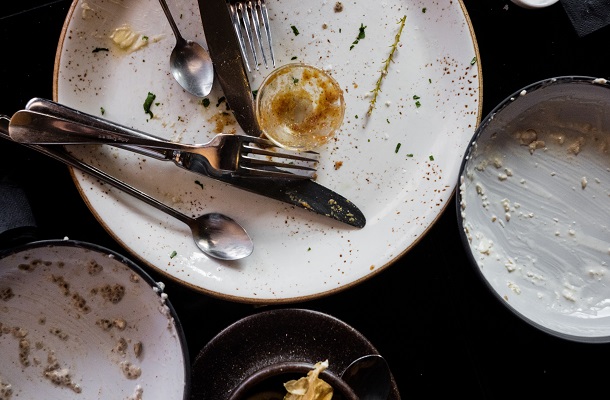

What Happens To Sterling Silver In The Dishwasher?
By washing your sterling silver in the dishes, you’re risking damaging the silver or worse, tarnishing it. The science behind tarnishing is simple, sulfur-containing gasses in the air darken and discolor the silver when it reacts to the gas. It leaves a layer of tarnish on it.
Speeding Up The Proces
- Air pollution
- Water Minerals
- Living near a chemical plant
- Living near an electric plant
- Frequent exposure to sunlight
- Household cleaners
- Rubber
Colors Present
The colors are most likely going to be grey, white, bronze, and black. Bronze is most commonly present with sterling silver as it copper or zinc that make up the last 7.5 percent of the material oxidize more easily.
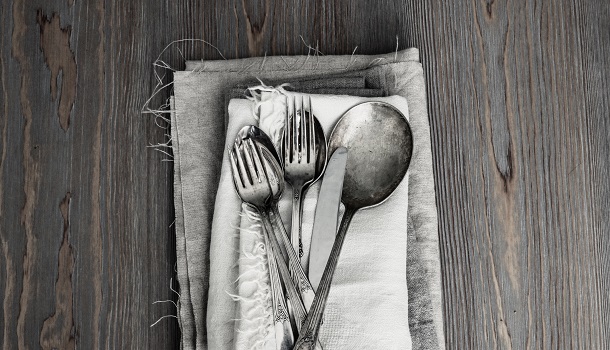

How Do You Clean Tarnished Silver?
It’ll take time to clean silver but it should be done with a gentle hand nonetheless as you’ll be removing silver with every cleaning, especially when it comes to silver-plated items.
Eco-Friendly Option
You can use any of the following to clean tarnished silver:
Vinegar And Baking soda
- Prepare a mixture of half a cup vinegar and 2 tablespoons of baking soda (use more for bigger items with the same ratio)
- Place the utensils and dishes in the mixture
- Let soak for at least 3 hours
- Rinse and dry
- Polish with a microfiber cloth
Aluminum foil
- The method will use baking soda as well
- Bring 4 cups of water to a boil with one tablespoon of baking soda and a piece of aluminum foil mixed in
- Place your silver items inside for 10 seconds after it begins boiling
- Boil longer if heavily tarnished
- Remove, rinse, and let dry on a towel
- Polish with a microfiber cloth after
Lemon Juice And Salt
- Combine 1 1/2 cups of water with 1 tbsp of lemon juice and 1/2 cup of powdered milk
- Drop your dishware and flatware in and let sit overnight
- Rinse, dry, and polish with a microfiber cloth
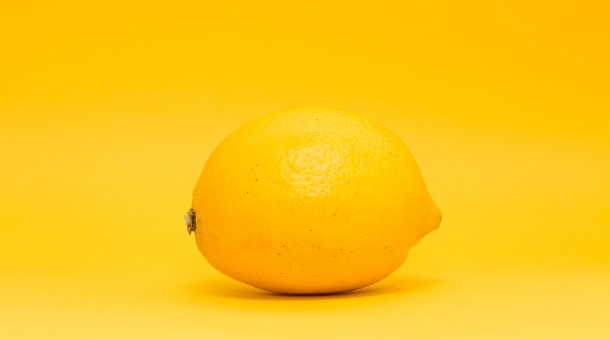

Cornstarch
- Make a cornstarch and water paste
- Wipe onto the dishes you want to clean
- Let it dry and then wipe off and polish with a clean microfiber towel
Hand Sanitizer
- Put some hand sanitizer on a non-abrasive cloth
- Rub patiently until the tarnish begins to disappear
Toothpaste
Toothpaste is more of a polisher than it is a cleaner and should be used with precaution as it might be too abrasive and damage the silver further. It’s only safe for satin and matte silver.
Regular Option
Many sell silver cleaners and polishers and it’s the easiest method to take when cleaning it. It will also take the longest as you’ll have to polish each piece individually
- Take your chosen cleaner and/or polisher and put a small amount on a microfiber cloth
- Rub it in using the up and down motion (circular motions make scratches more easily noticeable
- Switch the area of the cloth you’re cleaning with often
- Rinse with warm water and dry
- Polish with a clean microfiber cloth
To Wrap It Up
Cleaning silver, in general, is not the easiest thing to do and we’d always recommend not washing it in the dishwasher as you’re risking more than you’re getting even if you’re just washing silver plated items inside. The trustworthy handwashing is ideal in this case and will actually save you time as the silver won’t tarnish as fast.

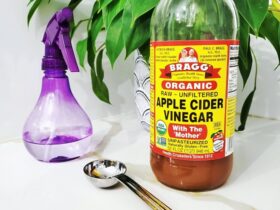










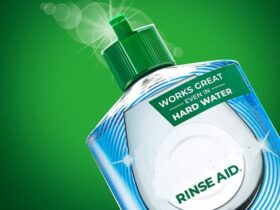



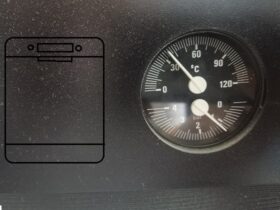
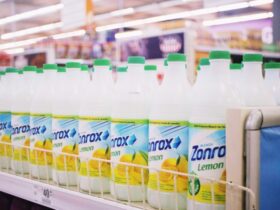
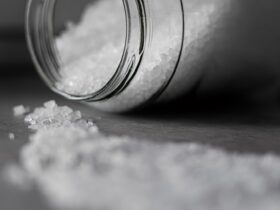

Leave a Reply